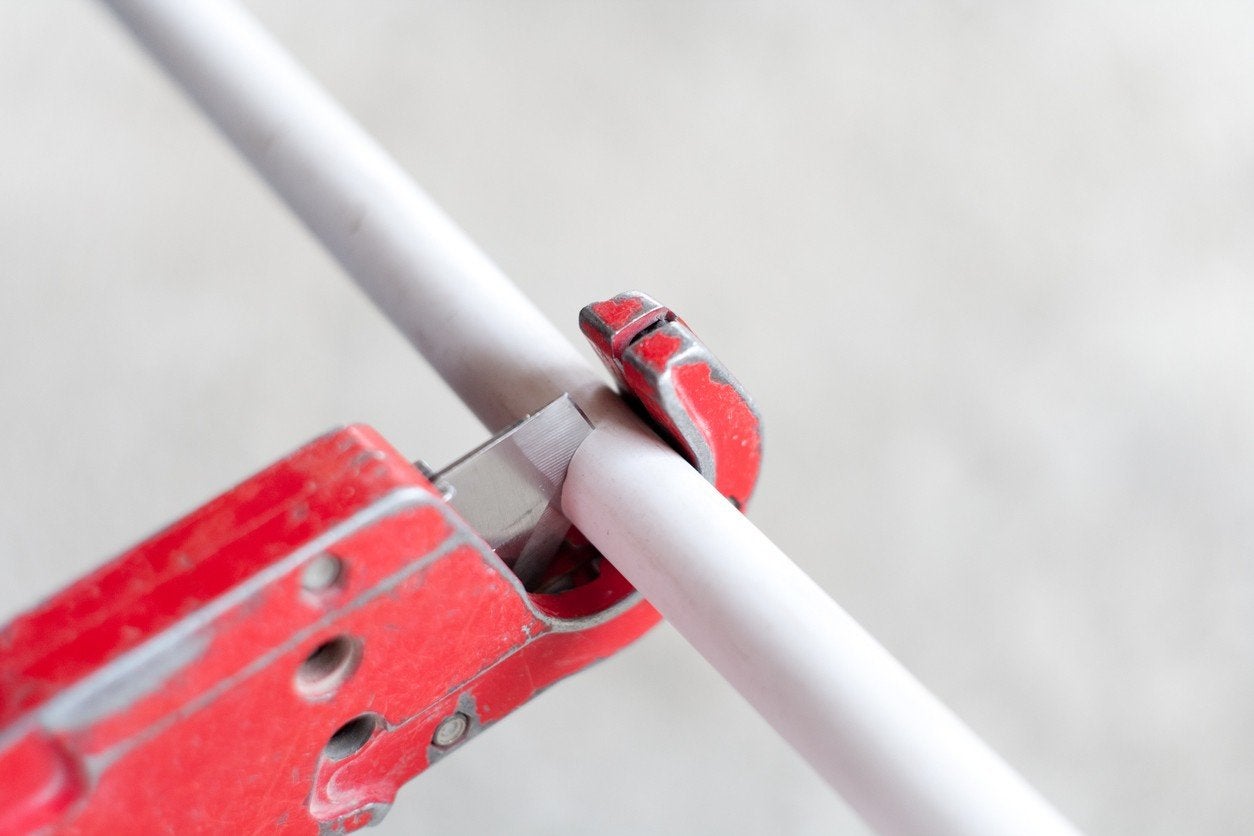

Articles
How To Cut Plumbing Pipe
Modified: December 7, 2023
Learn the step-by-step process of cutting plumbing pipes with our informative articles. Find useful tips and tricks to ensure accurate and efficient cuts.
(Many of the links in this article redirect to a specific reviewed product. Your purchase of these products through affiliate links helps to generate commission for Storables.com, at no extra cost. Learn more)
Introduction
The task of cutting plumbing pipe is a common necessity for many DIY enthusiasts and professionals alike. Whether you’re installing new plumbing lines or making repairs, knowing how to cut pipe accurately and efficiently is essential. With the right tools and techniques, you can achieve clean and precise cuts that ensure a proper fit for your plumbing projects.
In this article, we will guide you through the process of cutting plumbing pipe like a pro. We will cover the tools and materials you need, important safety precautions to follow, and the step-by-step instructions for different cutting methods. So, let’s dive in and learn how to cut plumbing pipe effectively.
Key Takeaways:
- Master the art of cutting plumbing pipe by choosing the right tools, following safety precautions, and deburring the edges for a professional finish.
- Ensure a precise fit for your plumbing projects by measuring accurately, selecting the appropriate cutting method, and checking for leaks and alignment.
Read more: How To Cut Plumbing PVC Pipe
Tools and Materials Needed
Before diving into the process of cutting plumbing pipe, gather the following tools and materials to ensure a smooth and efficient workflow:
- Pipe Cutter: A specialized tool designed specifically for cutting pipe. There are different types of pipe cutters available, such as ratcheting pipe cutters, wheeled pipe cutters, and rotary pipe cutters. Choose the one that suits your needs and the type of pipe you’re working with.
- Hacksaw: A versatile saw with a fine-toothed blade that can be used to cut various materials, including plumbing pipe. Make sure to use a saw with a blade suitable for cutting metal pipes.
- Reciprocating Saw: Also known as a “sawzall,” this power tool with a blade that moves back and forth rapidly is excellent for cutting through plumbing pipe quickly.
- Deburring Tool: After cutting the pipe, a deburring tool is used to remove any rough edges or burrs created during the cutting process. This ensures a clean and smooth finish.
- Tape Measure or Ruler: Accurate measurements are crucial when cutting plumbing pipe. Use a tape measure or ruler to mark the desired length accurately.
- Pencil or Marker: Use a pencil or marker to mark the cutting area on the pipe.
- Safety Glasses: Protect your eyes from any debris or flying particles by wearing safety glasses during the cutting process.
- Gloves: To protect your hands from sharp edges and potential injuries, wear work gloves while handling the plumbing pipes and cutting tools.
- Dust Mask: If you’re cutting through materials like PVC or galvanized pipe, it’s essential to wear a dust mask to prevent inhaling any harmful particles or fumes.
Having these tools and materials ready before starting your plumbing projects will save you time and ensure a successful cutting process.
Safety Precautions
When working with cutting tools and plumbing pipes, it’s crucial to prioritize safety to prevent accidents and injuries. Keep the following safety precautions in mind:
- Wear Protective Gear: Always wear safety glasses to protect your eyes from flying debris and particles. Additionally, use work gloves to safeguard your hands against sharp edges and potential injuries.
- Use a Dust Mask: If you’re cutting PVC or other materials that produce dust or fumes, wear a dust mask to protect your respiratory system.
- Work in a Well-Ventilated Area: If you’re working indoors or in a confined space, make sure there is proper ventilation to prevent the accumulation of dust or fumes.
- Secure the Pipe: Before cutting, secure the pipe firmly in a vise or pipe-jaw stand to prevent any unexpected movement or slipping during the cutting process.
- Be Aware of Your Surroundings: Ensure that there are no obstructions or hazards, such as loose objects or tripping hazards, near your cutting area. Clear the workspace to provide a safe working environment.
- Follow Manufacturer’s Instructions: Familiarize yourself with the proper operation and safety guidelines for the specific cutting tools you are using. Adhere to the manufacturer’s instructions to prevent accidents.
- Use the Right Cutting Method: Different cutting methods require different techniques and safety precautions. Make sure you are using the appropriate method for the type of pipe you are working with.
- Take Breaks: If you’re working on a lengthy cutting project, remember to take regular breaks to prevent fatigue and maintain focus and precision.
- Dispose of Waste Properly: Dispose of cut pipe segments and other waste materials responsibly. Sharp edges can cause injuries if not handled carefully.
By following these safety precautions, you can ensure a safe and secure environment while cutting plumbing pipe.
Step 1: Measure and Mark
Accurate measurements are crucial when cutting plumbing pipe. Follow these steps to measure and mark the pipe correctly:
- Identify the desired length: Determine the length you need for your plumbing project. Use a tape measure or ruler to measure the distance precisely.
- Mark the cutting area: Use a pencil or marker to mark the cutting area on the pipe. Make sure the mark is clear and visible.
- Double-check the measurements: Before proceeding to cut, double-check your measurements to ensure accuracy. It’s better to measure twice and cut once to avoid any mistakes.
- Consider any fittings or connections: Take into account any fittings or connections that will be attached to the pipe. Allow enough length to accommodate these connections while still meeting your desired length.
By taking the time to measure and mark the pipe accurately, you’ll ensure that your cuts are precise and the resulting pipe segments fit perfectly into your plumbing system.
Step 2: Choose the Cutting Method
There are different methods available for cutting plumbing pipe, each suited for different types of pipes and preferences. Consider the following options and choose the cutting method that best fits your needs:
- Pipe Cutter: A pipe cutter is an ideal tool for cutting copper, stainless steel, and plastic pipes. It provides clean and precise cuts without causing excessive damage to the pipe. Pipe cutters come in various types, such as ratcheting cutters, wheeled cutters, and rotary cutters. Select the appropriate type based on the material and thickness of your pipe.
- Hacksaw: A hacksaw, equipped with a fine-toothed blade, is a versatile cutting tool suitable for cutting various materials, including metal plumbing pipes. It is an excellent option for DIYers who may not have access to specialized pipe cutters. However, cutting with a hacksaw requires steady hands and patience to maintain a straight cut.
- Reciprocating Saw: If you need to cut through larger or thicker pipes, a reciprocating saw (also known as a “sawzall”) can be a powerful tool of choice. With its back-and-forth motion, it can easily tackle tough materials like cast iron or steel. However, be cautious with the aggressive nature of this tool, as it can produce more rough edges that require extra attention during the finishing process.
Consider the material, size, and thickness of your plumbing pipe when selecting the cutting method. Each method has its advantages, so choose the one that suits your needs and comfort level.
Read more: How To Insulate Plumbing Pipes
Step 3: Using a Pipe Cutter
If you have chosen to use a pipe cutter for cutting your plumbing pipe, follow these steps:
- Position the pipe cutter: Place the pipe cutter around the pipe at the marked cutting area. Make sure the cutting wheel is aligned with the mark.
- Tighten the pipe cutter: Adjust the pipe cutter’s knob or handle to tighten the cutting wheel against the pipe. Apply steady pressure while rotating the cutter around the pipe.
- Rotate the pipe cutter: Rotate the pipe cutter around the pipe in a full circle. Continue tightening the cutter after each rotation until the wheel cuts through the pipe.
- Release the pipe cutter: Once the pipe is cut, release the pressure on the cutter and remove it from the pipe.
- Inspect the cut: Inspect the cut end of the pipe to ensure it is clean, smooth, and even. If there are any burrs or rough edges, proceed to step 6 to deburr the cut edge.
Using a pipe cutter provides clean and precise cuts, making it an ideal choice for materials like copper, stainless steel, and plastic pipes. Remember to adjust the cutter’s pressure and rotate it slowly to ensure a smooth cutting process.
When cutting plumbing pipe, always use a pipe cutter designed for the specific type of pipe you are working with. This will ensure a clean and precise cut without causing damage to the pipe.
Step 4: Using a Hacksaw
If you have opted to use a hacksaw for cutting your plumbing pipe, follow these steps:
- Secure the pipe: Place the pipe securely in a vise or pipe-jaw stand to keep it stable during the cutting process.
- Align the saw: Position the hacksaw blade against the marked cutting area of the pipe. Ensure that the blade is perpendicular to the pipe and aligned with the mark.
- Start cutting: Apply gentle pressure and begin sawing back and forth with smooth, even strokes. Let the saw do the work, and avoid exerting too much force that can cause the saw to bind or the blade to break.
- Maintain control: Keep your hand steady and maintain control of the saw to maintain a straight cut. Take your time and be patient while cutting through the pipe.
- Inspect the cut: Once you have cut through the pipe, inspect the cut end to ensure it is clean and even. If there are any rough edges or burrs, proceed to step 6 to deburr the cut edge.
- Release the pipe: Release the pipe from the vise or pipe-jaw stand once you have completed the cut.
Using a hacksaw requires a bit more effort and precision compared to specialized pipe cutters. However, it is a versatile option for cutting different pipe materials. Remember to maintain control of the saw and take your time to achieve a clean and accurate cut.
Step 5: Using a Reciprocating Saw
If you have chosen to use a reciprocating saw, also known as a “sawzall,” for cutting your plumbing pipe, follow these steps:
- Secure the pipe: Ensure that the pipe is securely held in place using a vise or pipe-jaw stand. This will prevent any unexpected movement during the cutting process.
- Select the appropriate blade: Choose a blade specifically designed for cutting through metal or the material of your pipe. Ensure that the teeth of the blade are facing in the direction of the cut.
- Position the saw: Place the reciprocating saw against the marked cutting area of the pipe. Hold the saw with a firm grip and ensure that the blade is aligned with the mark.
- Start cutting: Turn on the reciprocating saw and slowly guide the blade into the pipe. Apply gentle pressure and let the saw do the work. Move the saw back and forth in a controlled manner to cut through the pipe.
- Maintain control: Keep a steady hand and maintain control of the reciprocating saw to ensure a straight and precise cut. Be cautious of the powerful cutting action of the saw.
- Inspect the cut: After cutting through the pipe, inspect the cut end to ensure it is clean and smooth. If there are any rough edges or burrs, proceed to step 6 to deburr the cut edge.
- Turn off the saw: Once you have completed the cut, turn off the reciprocating saw and set it aside.
- Release the pipe: Release the pipe from the vise or pipe-jaw stand once you have finished cutting.
A reciprocating saw is a powerful tool that can quickly cut through larger or thicker pipes. However, use caution and take your time to ensure safety and accuracy. Remember to select the appropriate blade and maintain control of the saw throughout the cutting process.
Step 6: Deburring the Cut Edge
After cutting your plumbing pipe, it’s important to deburr the cut edge to ensure a clean and smooth finish. Follow these steps to remove any rough edges or burrs:
- Inspect the cut: Examine the cut end of the pipe to identify any rough edges or burrs that need to be removed.
- Wear protective gloves: Put on a pair of protective gloves to safeguard your hands during the deburring process.
- Use a deburring tool: Choose a deburring tool designed for the size and material of your pipe. A deburring tool typically has a metal blade or a rotating mechanism that can remove burrs and rough edges.
- Apply light pressure: Place the deburring tool against the cut edge of the pipe and apply light pressure. Rotate the tool clockwise and counterclockwise to shave off any burrs or rough edges. Be careful not to apply too much pressure, as it may damage the pipe or create an uneven surface.
- Inspect the deburred edge: After using the deburring tool, carefully inspect the cut edge to ensure that all burrs and rough edges have been removed. The deburred edge should be smooth to the touch.
- Clean the pipe: Wipe the pipe clean of any debris or metal shavings that may have accumulated during the cutting and deburring process.
Deburring the cut edge of the pipe is important for several reasons. It helps prevent injuries during handling and installation, ensures a proper fit for connectors, and promotes better water flow within the plumbing system. Take the time to deburr the cut edge to achieve a professional-looking result.
Read more: How To Clean Plumbing Pipes
Step 7: Checking for a Proper Fit
Once you have cut and deburred your plumbing pipe, it’s essential to check for a proper fit before proceeding with your installation or repair. Follow these steps to ensure a precise fit:
- Clean the cut ends: Use a clean cloth or rag to wipe off any debris or dirt from the cut ends of the pipe.
- Insert the pipe: Insert one end of the cut pipe into the appropriate fittings or connectors that will be attached to it.
- Rotate and align: Rotate the pipe slightly to align it with the other fitting or connector. Ensure that the pipe is fully inserted into the fitting without any gaps or misalignment.
- Check for leaks: If you’re connecting pipes in a plumbing system, conduct a pressure test or run water through the pipes to check for any leaks at the connection points. Address any leaks before proceeding with the installation.
- Measure the overall length: Measure the overall length of the connected pipe to ensure it matches your desired length. Make adjustments as needed by recutting the pipe if it is too long or using additional connectors if it is too short.
- Confirm a secure and tight fit: Double-check that the pipe is securely and tightly fitted into the connectors or fittings. This ensures proper functionality and minimizes the risk of leaks or pipe displacement.
- Repeat for additional pipes: If you have multiple pipes to connect, repeat the process for each one, ensuring a proper fit and alignment.
Checking for a proper fit is crucial to ensure the integrity and functionality of your plumbing system. Take the time to verify that the cut pipe fits securely and aligns with the required connectors, and address any issues before proceeding with your plumbing project.
Conclusion
Cutting plumbing pipe is a fundamental skill for DIY enthusiasts and professionals alike. By following the right techniques and using the appropriate tools, you can achieve clean and precise cuts that ensure a proper fit for your plumbing projects.
In this article, we discussed the tools and materials needed for cutting plumbing pipe, emphasized the importance of safety precautions, and provided step-by-step instructions for different cutting methods. Remember to wear the necessary protective gear, work in a well-ventilated area, and use the right cutting method for your specific pipe material.
Whether you choose a pipe cutter, hacksaw, or reciprocating saw, each tool has its advantages and considerations. Select the method that suits your needs and comfort level while ensuring accurate and clean cuts.
After cutting the pipe, don’t forget to deburr the edges to achieve a smooth finish. This step is essential for safety, proper fitment, and optimal water flow within your plumbing system.
Lastly, always check for a proper fit after cutting and deburring your pipe. This ensures that your plumbing system will function effectively without any leakage or misalignment.
By understanding and applying the techniques outlined in this article, you’ll be able to confidently cut plumbing pipe and tackle a wide range of plumbing projects with ease.
Remember, practice makes perfect, so don’t be discouraged if your first attempt isn’t flawless. With time and experience, you’ll master the art of cutting plumbing pipe like a pro.
Frequently Asked Questions about How To Cut Plumbing Pipe
Was this page helpful?
At Storables.com, we guarantee accurate and reliable information. Our content, validated by Expert Board Contributors, is crafted following stringent Editorial Policies. We're committed to providing you with well-researched, expert-backed insights for all your informational needs.
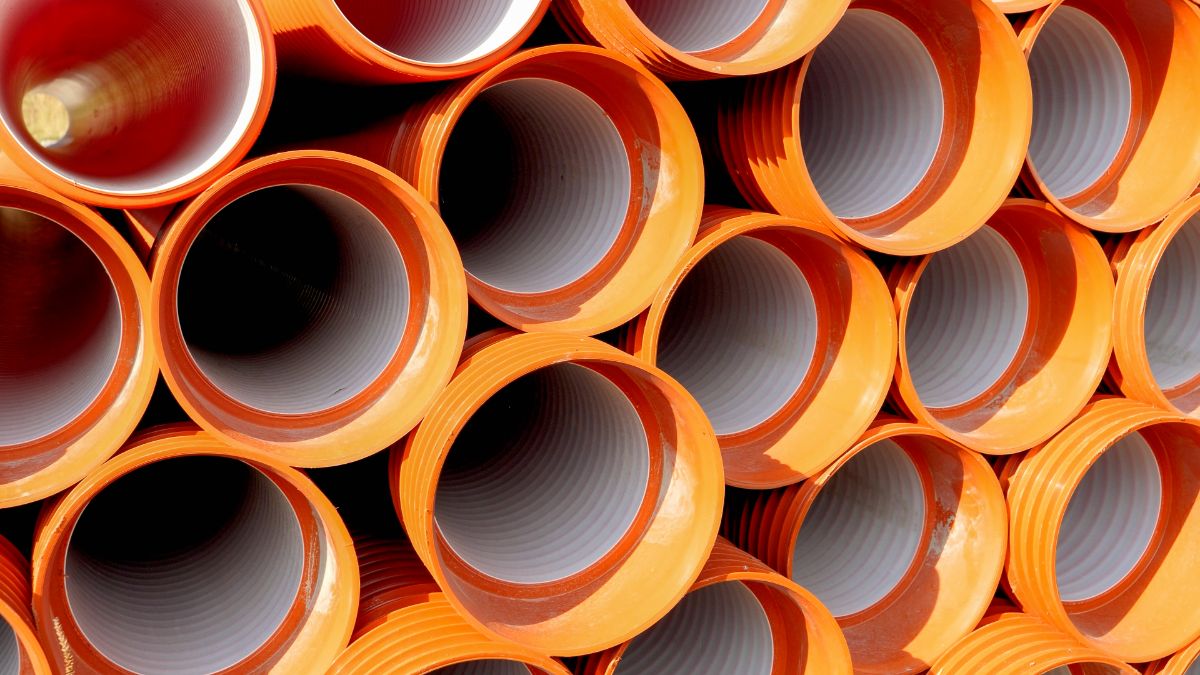
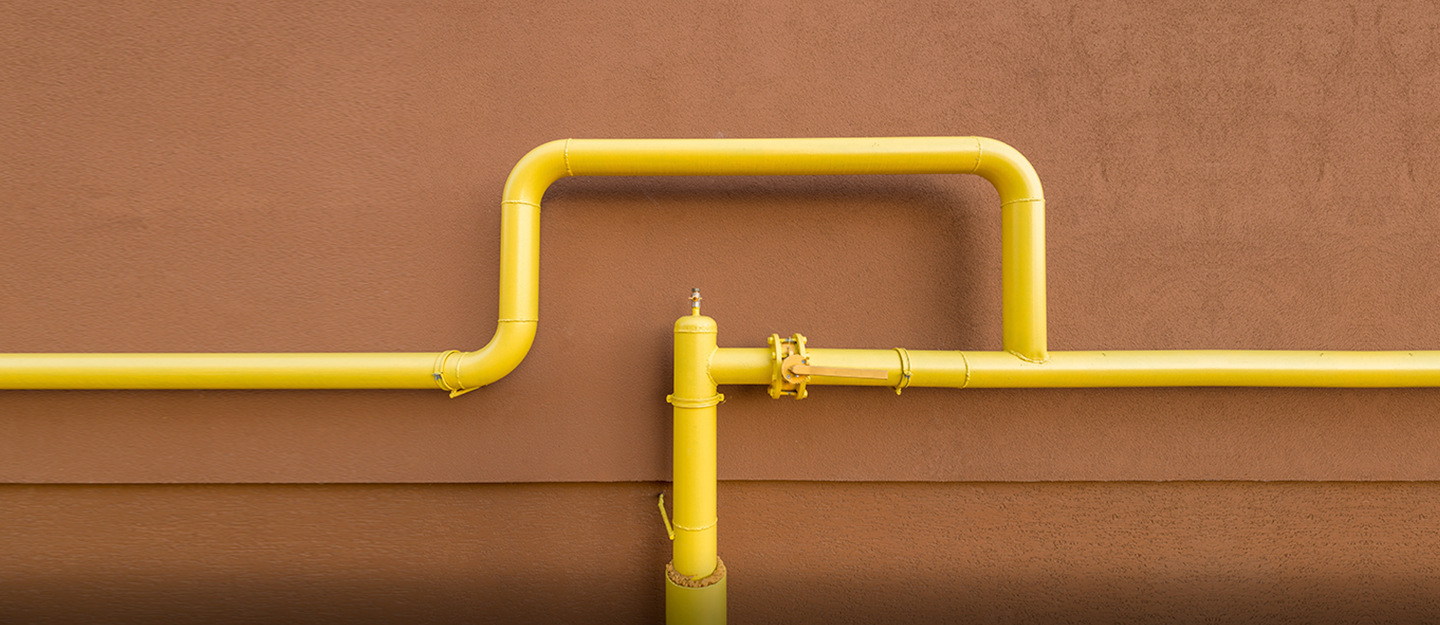
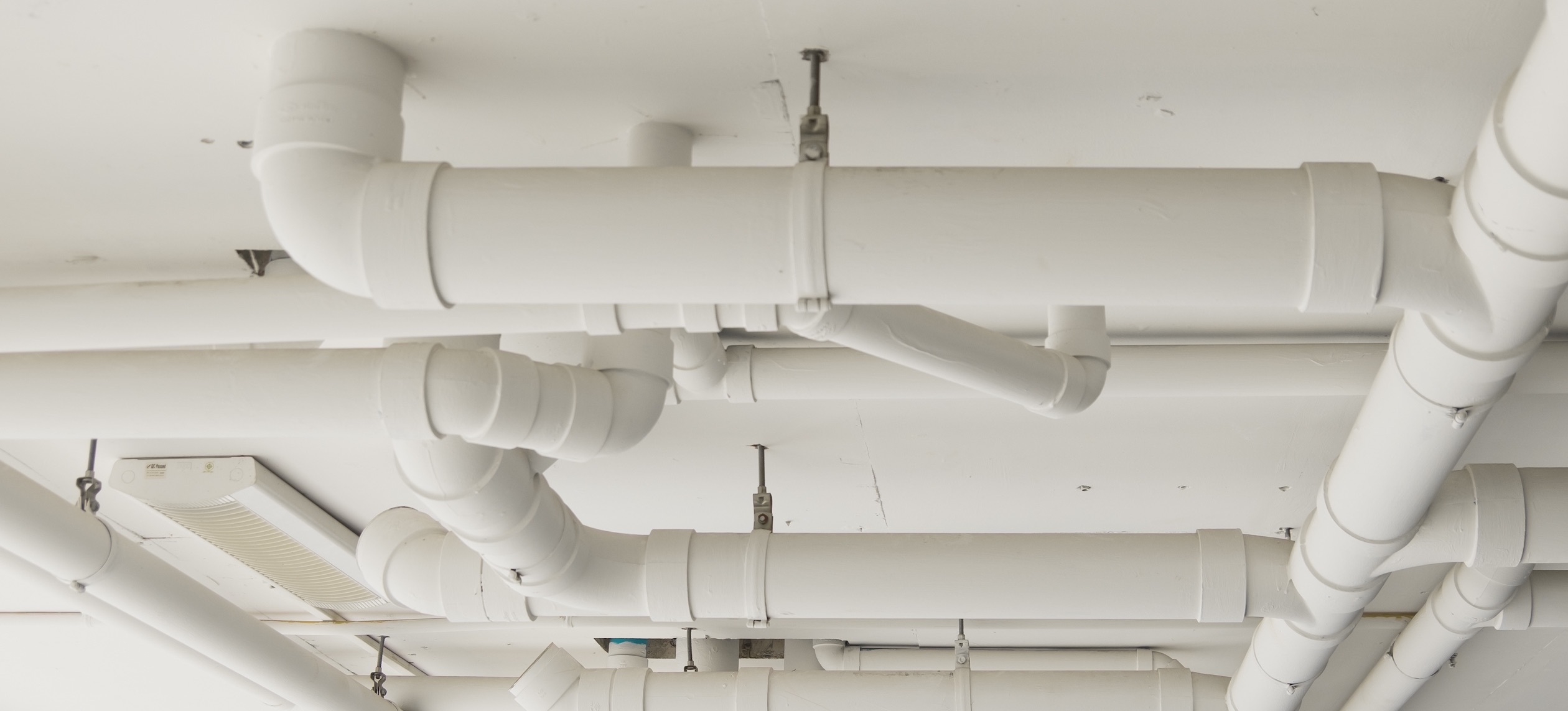
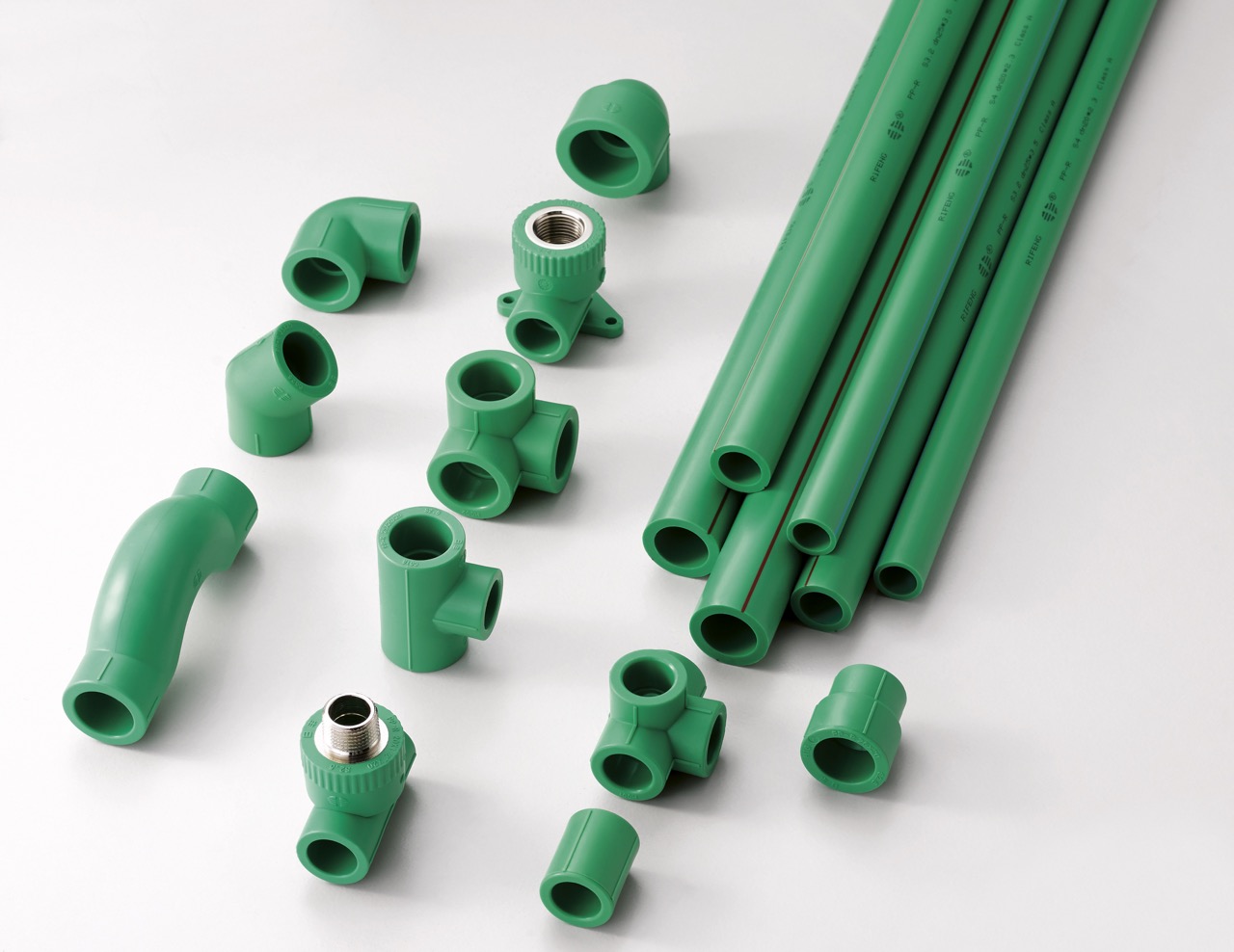
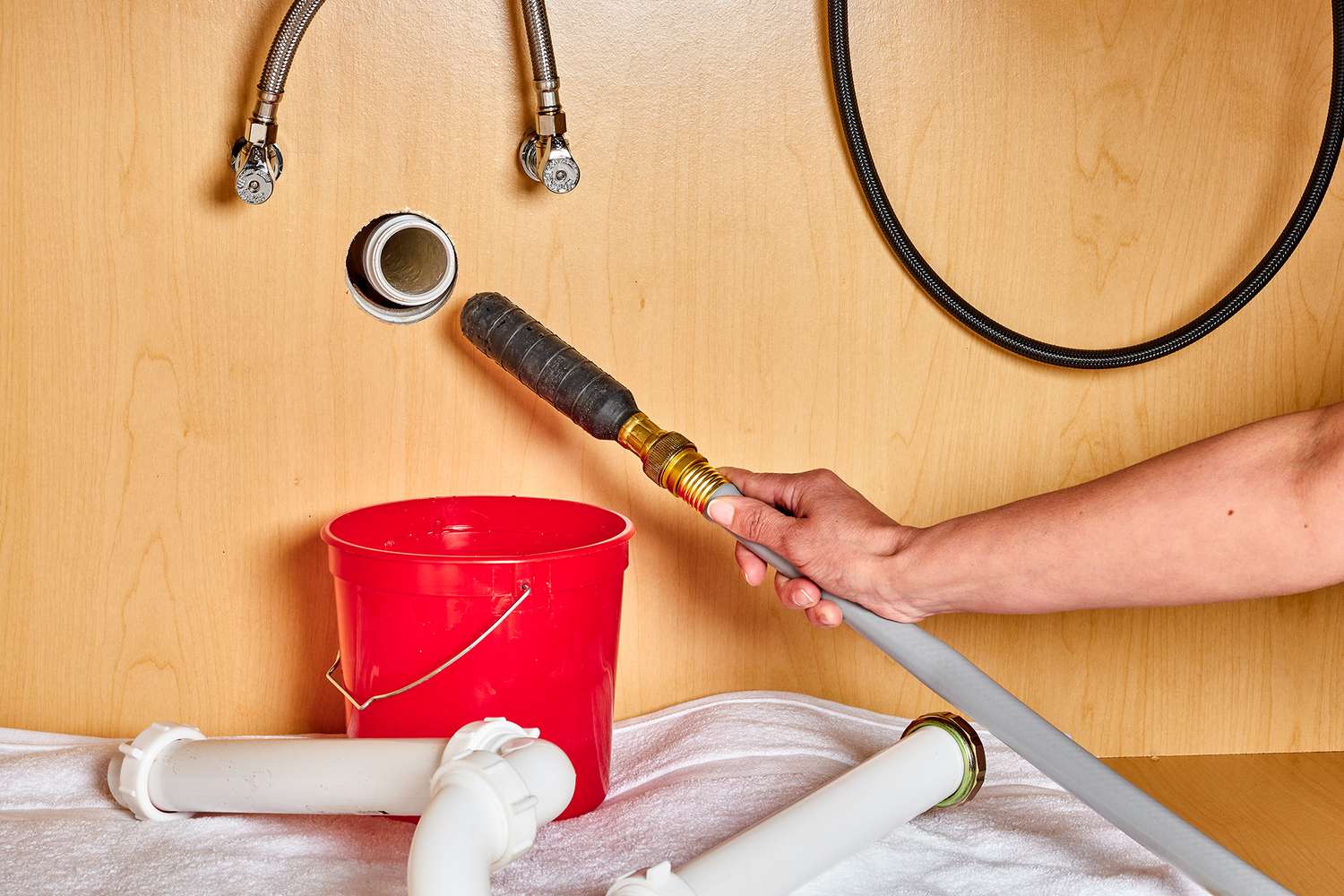
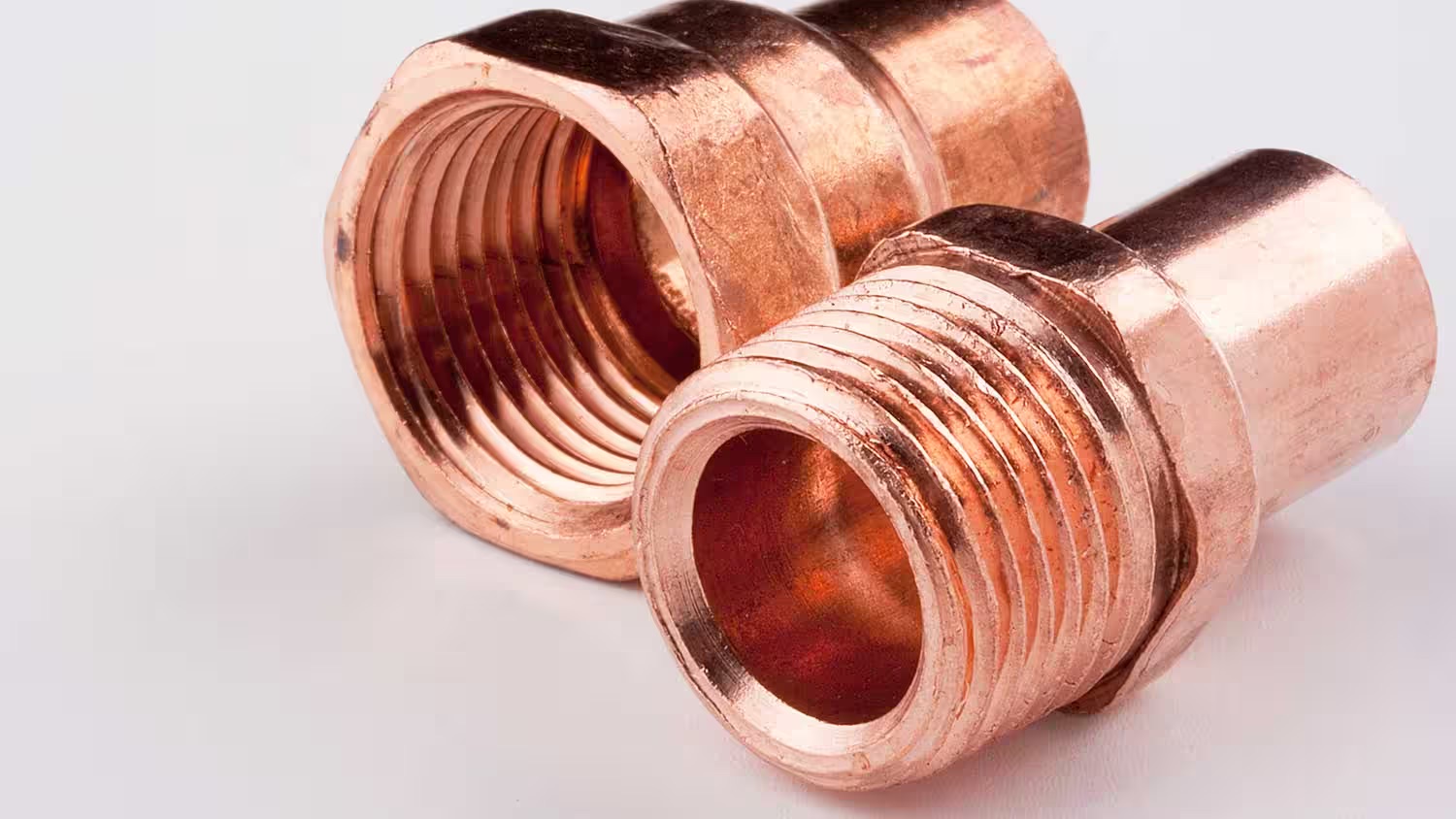
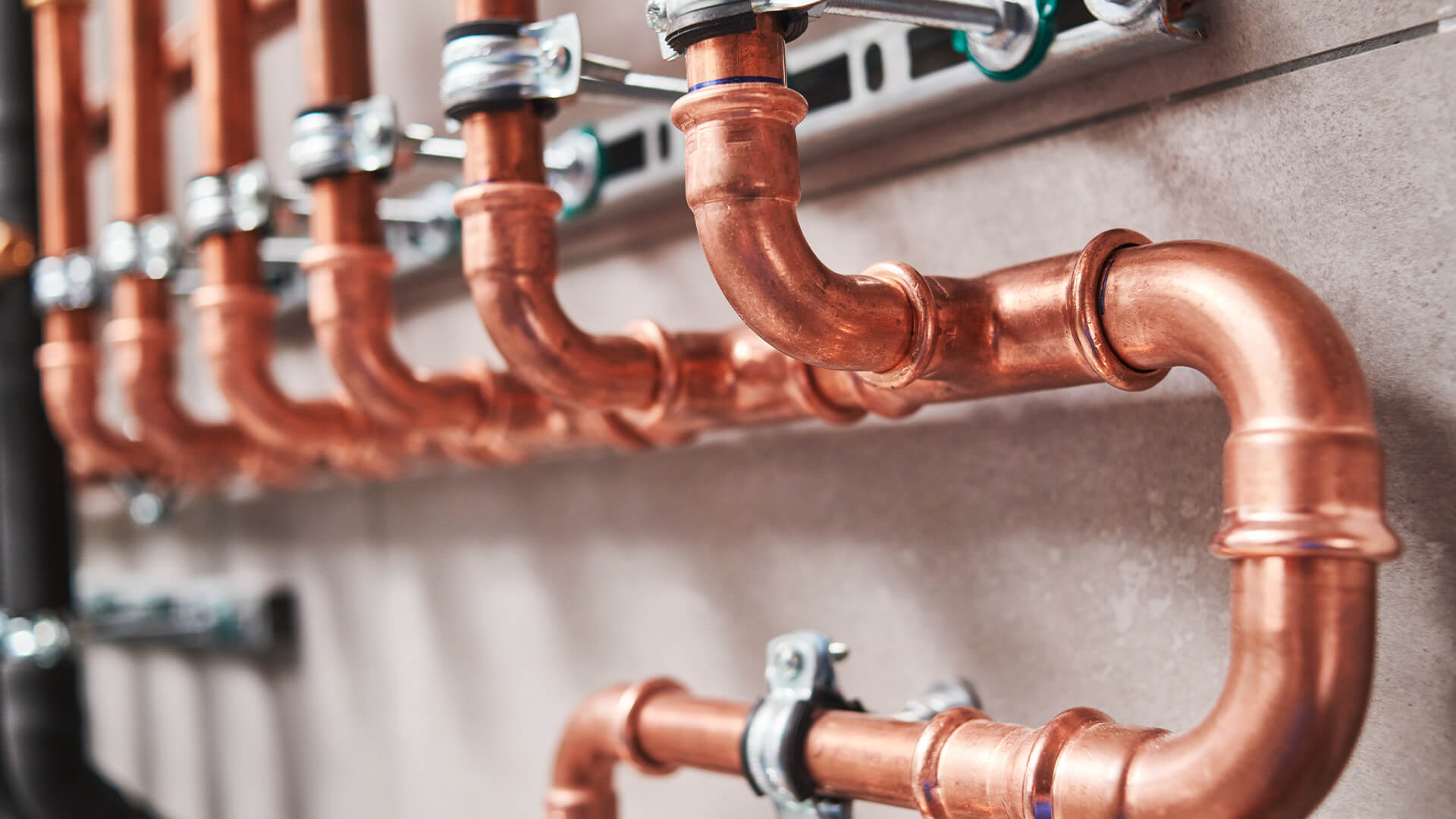
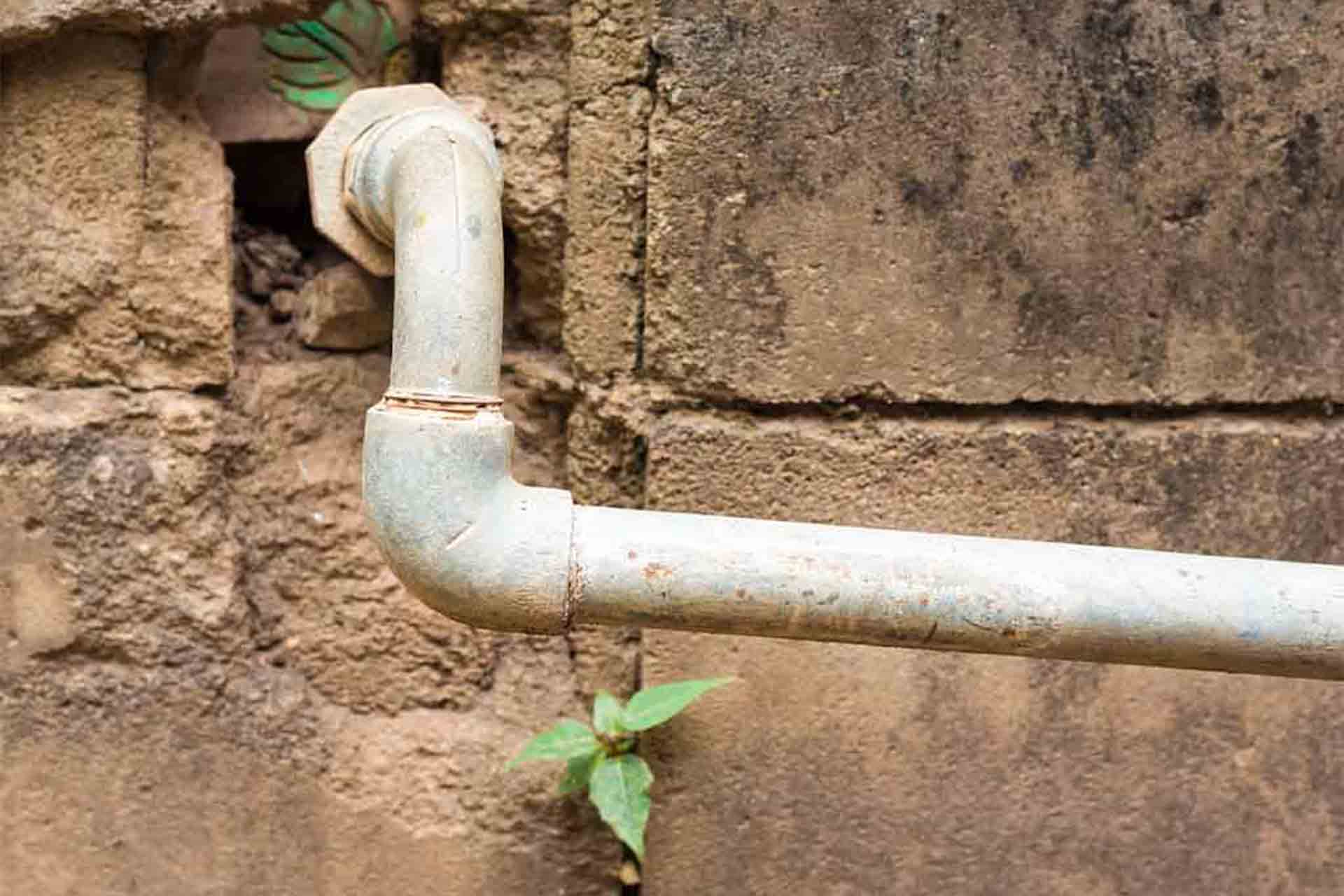
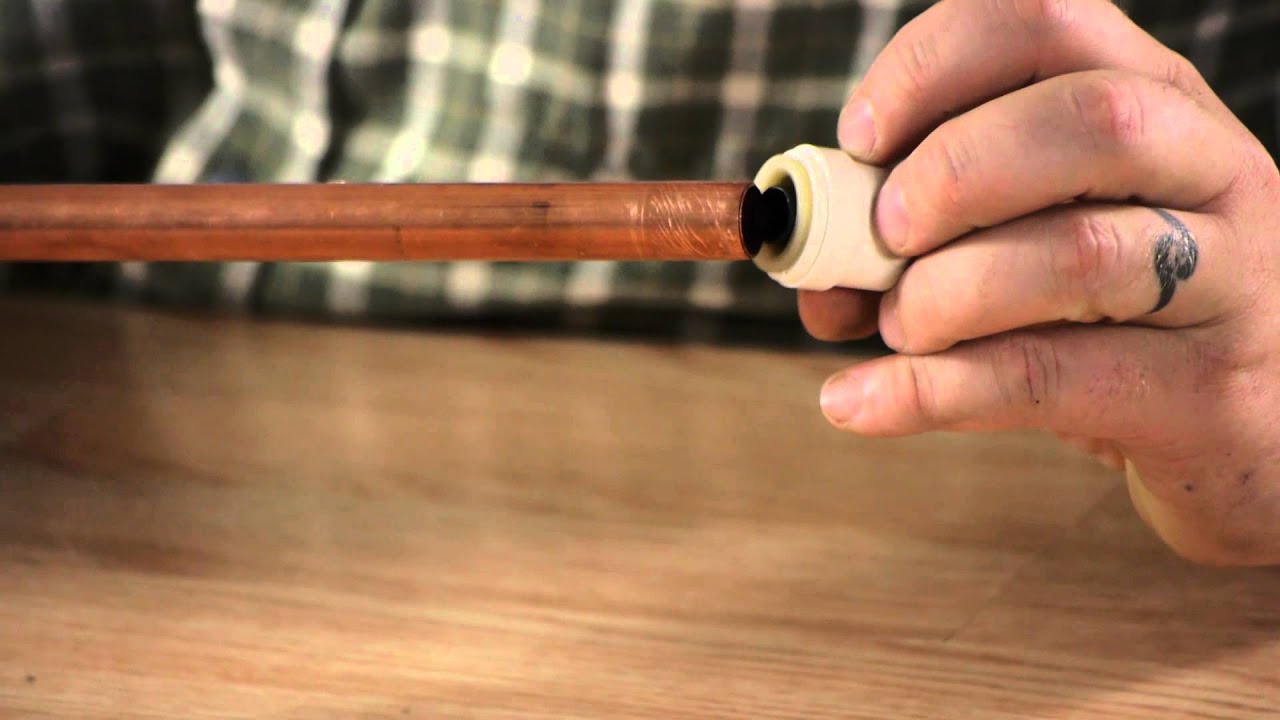
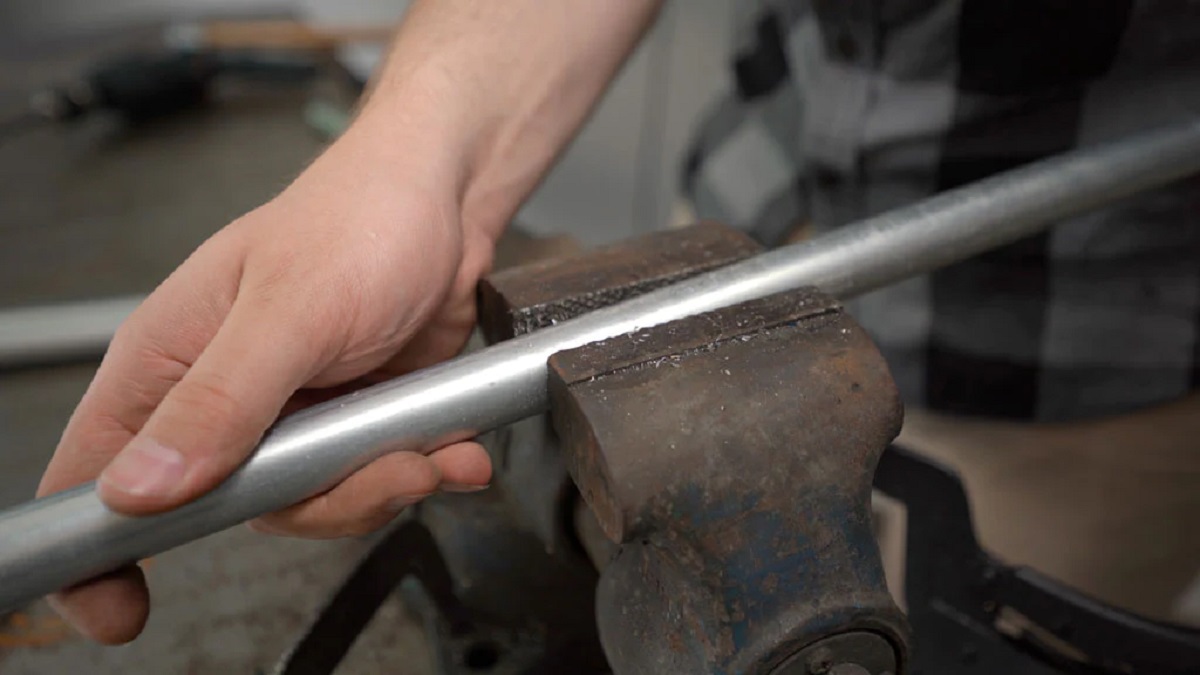
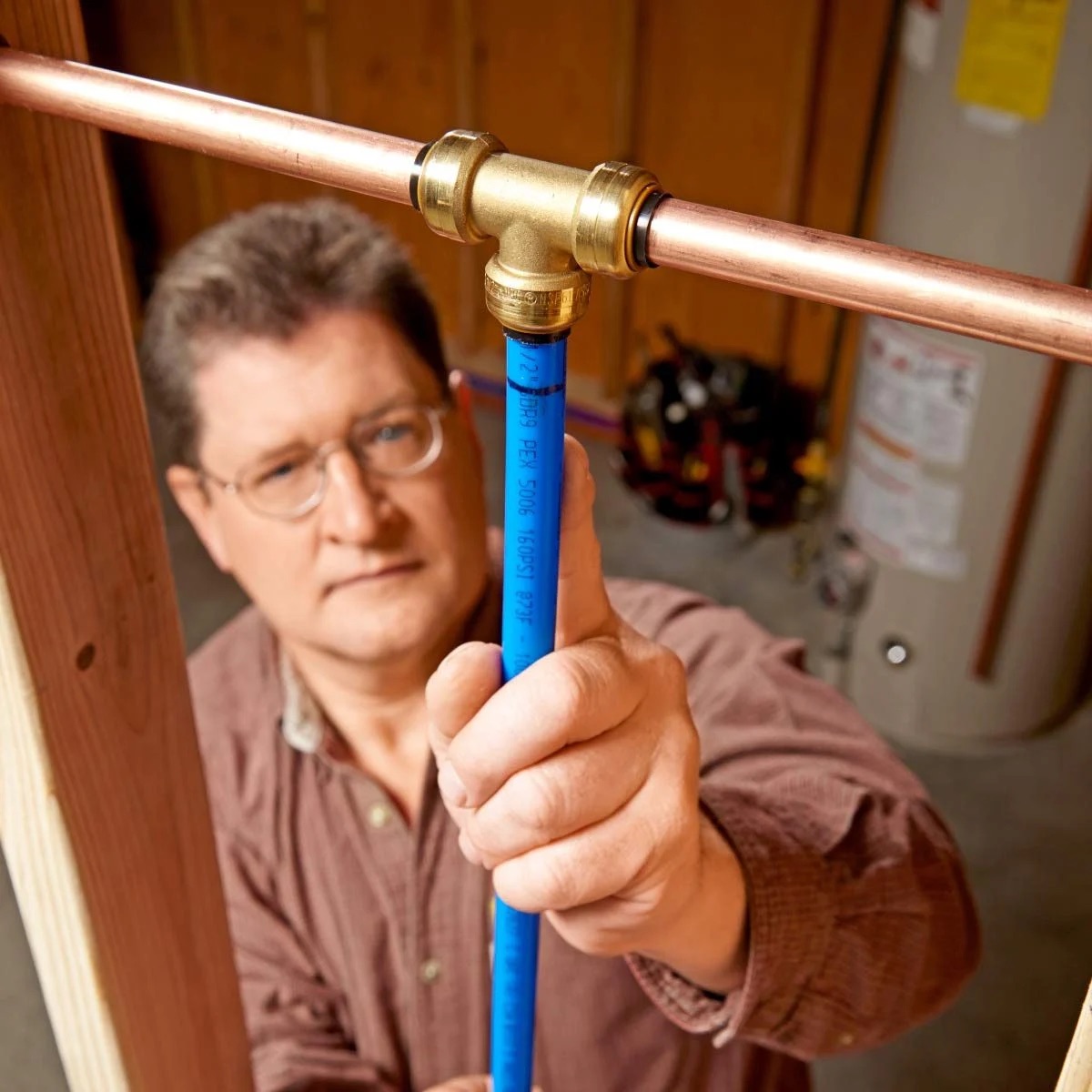

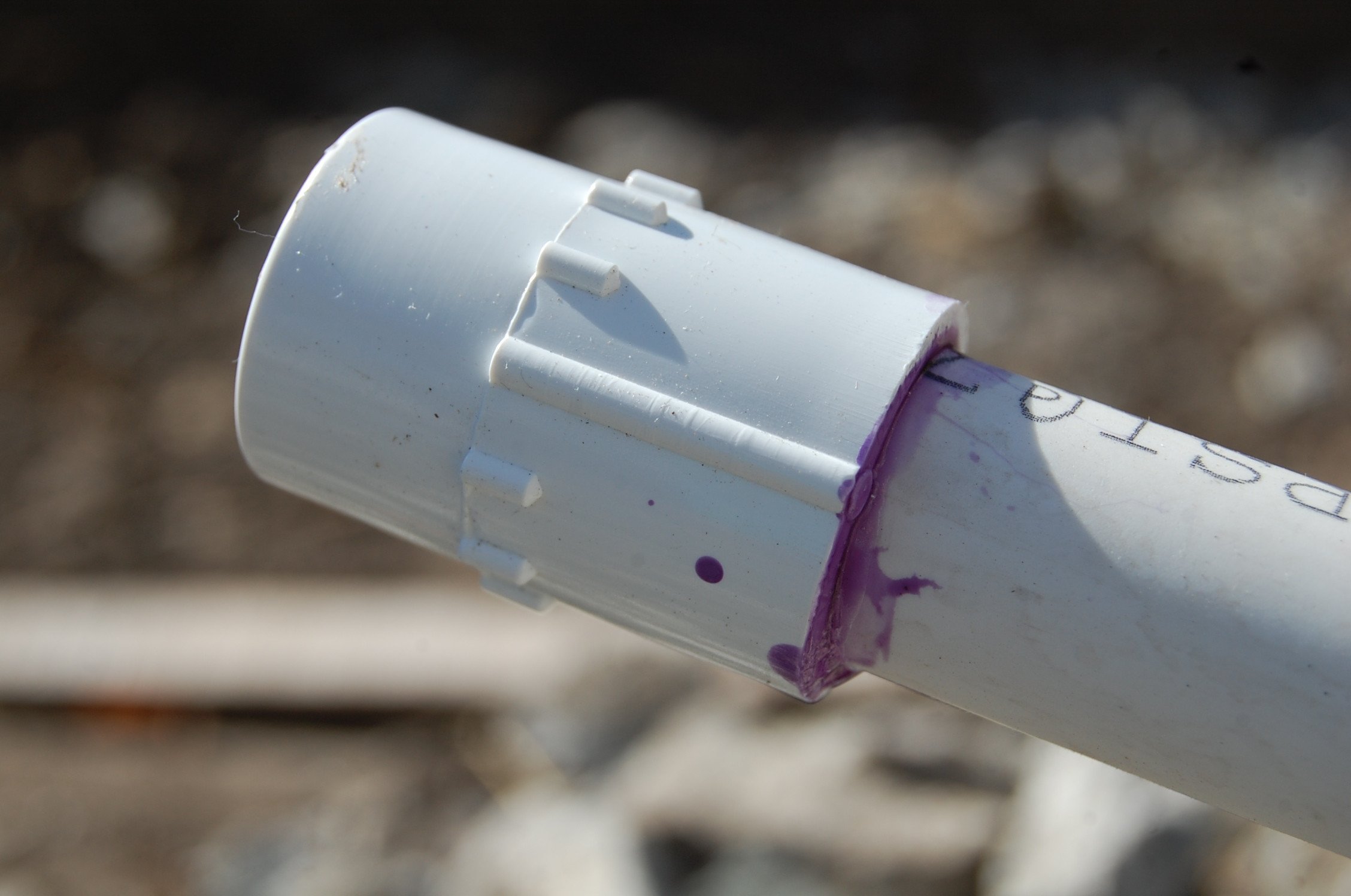

0 thoughts on “How To Cut Plumbing Pipe”